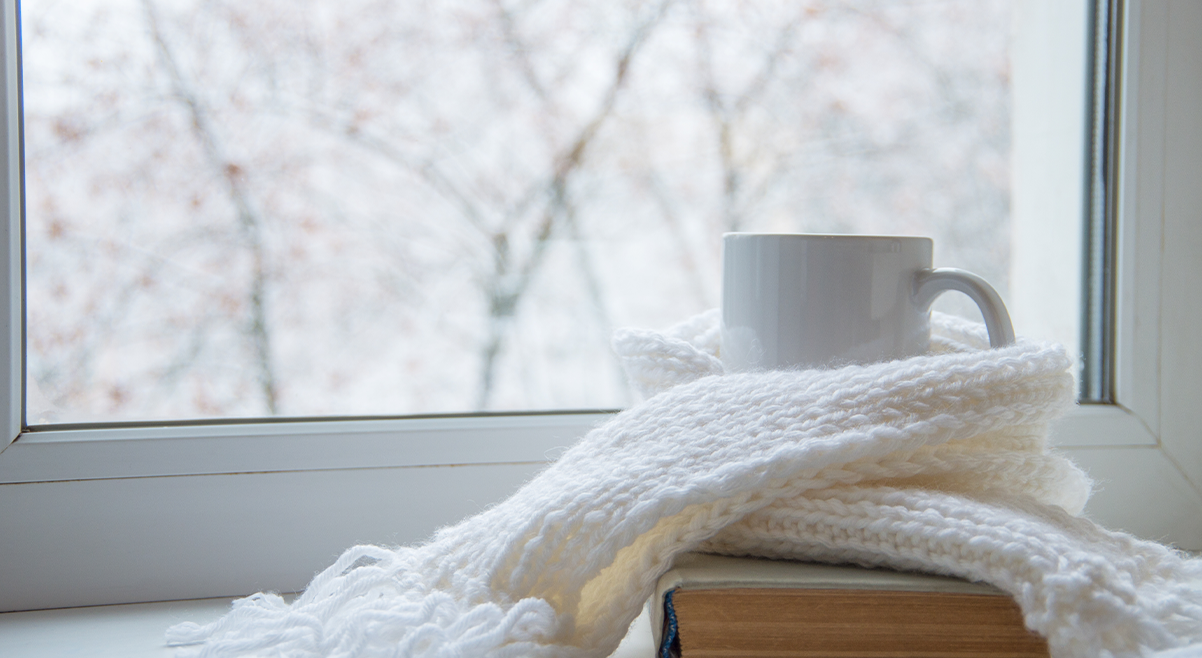All over Iowa, homeowners are looking for an energy-efficient HVAC system for their homes, and many are choosing heat pumps. Since heat pumps resemble air conditioners, many people think that heat pumps are for cooling their homes only. However, heat pumps can also provide heat to your home in the winter. The expert team at Novak Heating, Air, and Duct Cleaning in Cedar Rapids, IA has the answers to all your heat pump questions. If you’ve ever wondered “how does a heat pump work in winter,” we’ve got you covered.
How Do Heat Pumps Work in the Summer?
There are two kinds of heat pumps, but they both work the same way. Heat pumps work by following the laws of thermodynamics. Heat flows naturally from high temperatures to colder temperatures. The two types of heat pumps are air source heat pumps and ground source heat pumps. Air source heat pumps move heat between the air outside a home and the air inside a home, while ground source heat pumps rely on coils that transfer heat from the consistent temperature of the earth.
A heat pump is composed of an indoor unit and an outdoor unit. Each unit has coils inside that are connected between the indoor and outdoor units. If you’ve ever looked at the back of your refrigerator and have seen the coils behind it, they are very similar to what you might see inside your heat pump. In the summer, the interior coils work as an evaporator, absorbing heat from inside and releasing it outside, while the exterior coils condense the hot air to make it cool and transfer it inside.
How Do Heat Pumps Work in the Winter?
In the winter, even though it’s much colder, an air source heat pump can still pull heat from the cold air. Heat pumps work in the winter by reversing operation. The outdoor coil becomes the evaporator and the indoor coil becomes the condenser.
The indoor coil warms the air with the refrigerant. Even though “refrigerant” sounds like something that would make things colder, it can actually heat the air too. Despite the cold temperatures outside, the refrigerant is actually so cold that it can absorb heat from the outside air and warm it up. The warm refrigerant then goes inside where it is condensed, and then the warm air is transferred to your home.
Are Heat Pumps a Reliable Heating System for Winters In Cedar Rapids, IA?
You may have heard that air source heat pumps are not reliable or efficient in the extreme cold, and that they are best suited for warmer climates. While heat pumps are definitely more popular in warmer climates, recent advancements in technology have improved the heat pump’s efficiency in the winter, making them ideal for colder climates too. If we didn’t think heat pumps were a good idea in Cedar Rapids, we wouldn’t install them in so many homes.
An important thing to remember about your heat pump unit in the winter is to watch out for ice accumulation inside your outdoor unit. Occasionally you might notice that your heat pump is in “defrost” mode. This is a way that the heat pump keeps ice from accumulating. When defrost mode kicks on, the coils run to make the heat pump the proper temperature. It usually takes about 10 minutes to heat up. If you’ve noticed that your heat pump is in defrost mode for a long time, or goes into defrost mode frequently, that is a sign that your heat pump needs help. Try changing the air filter, and if that doesn’t help, call Novak for heat pump service.
Call Novak for Heat Pump Service
If your heat pump is frequently switching into defrost mode, or is not getting up to the set temperature, call Novak right away. We can inspect and repair heat pumps and get them working to make your home comfortable again. Call Novak for heat pump repairs and heat pump maintenance in the Cedar Rapids, Robins, Marion, North Liberty, or Hiawatha, Iowa areas today.

